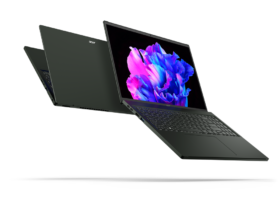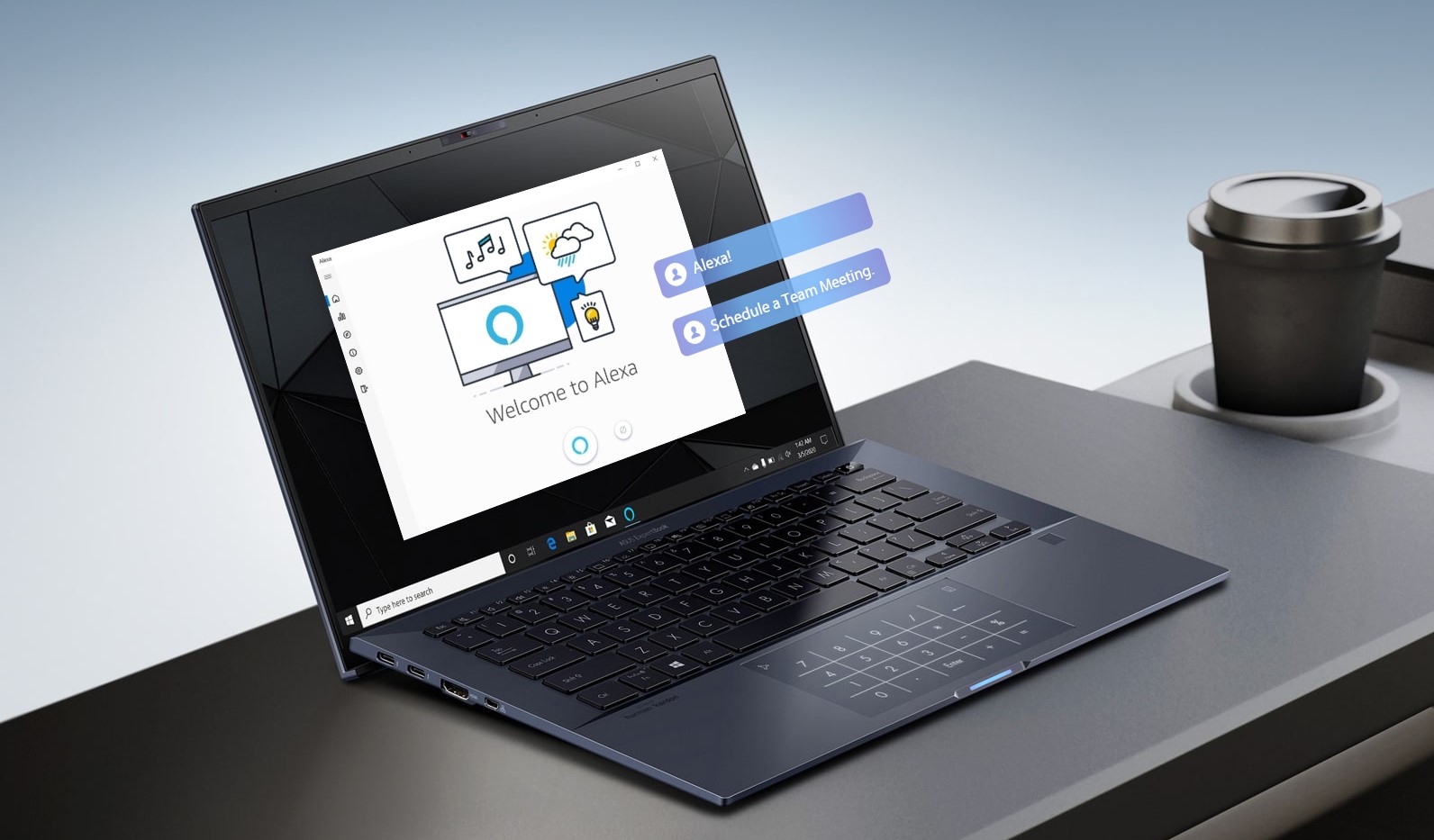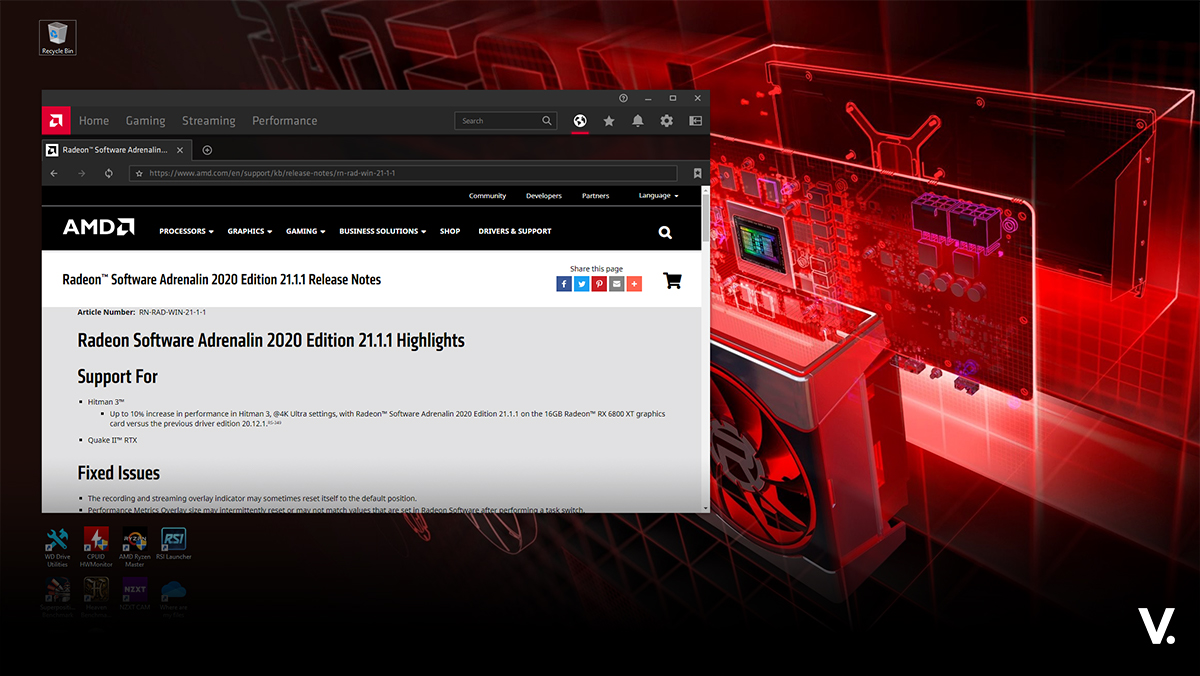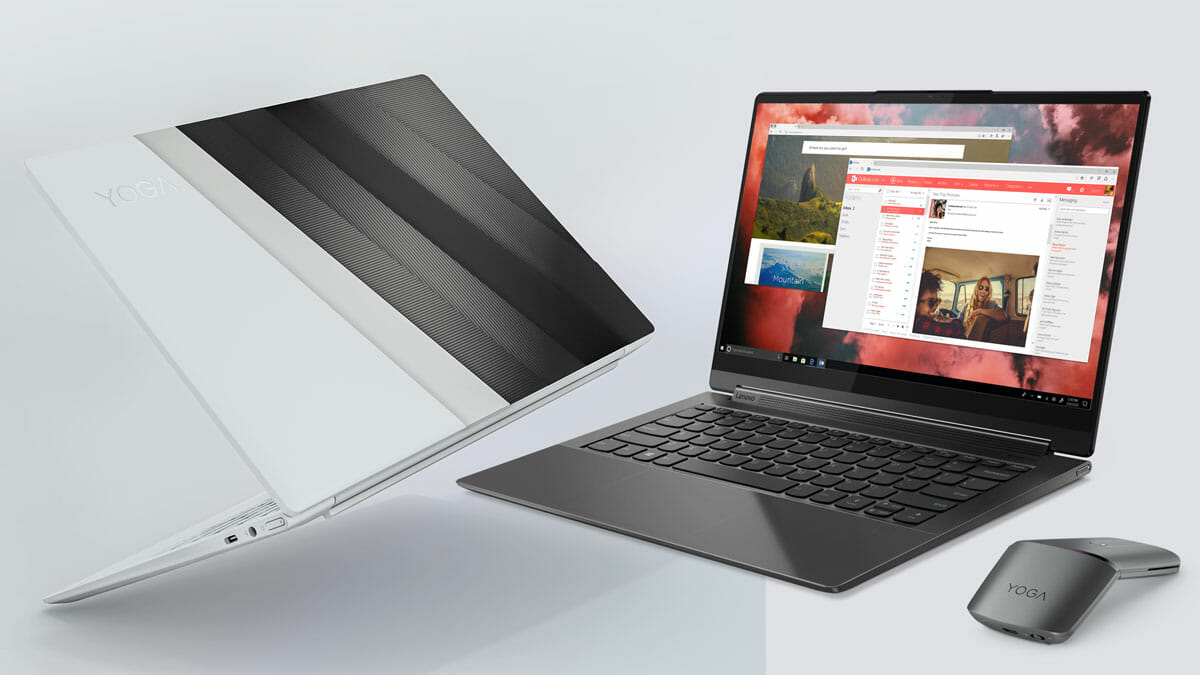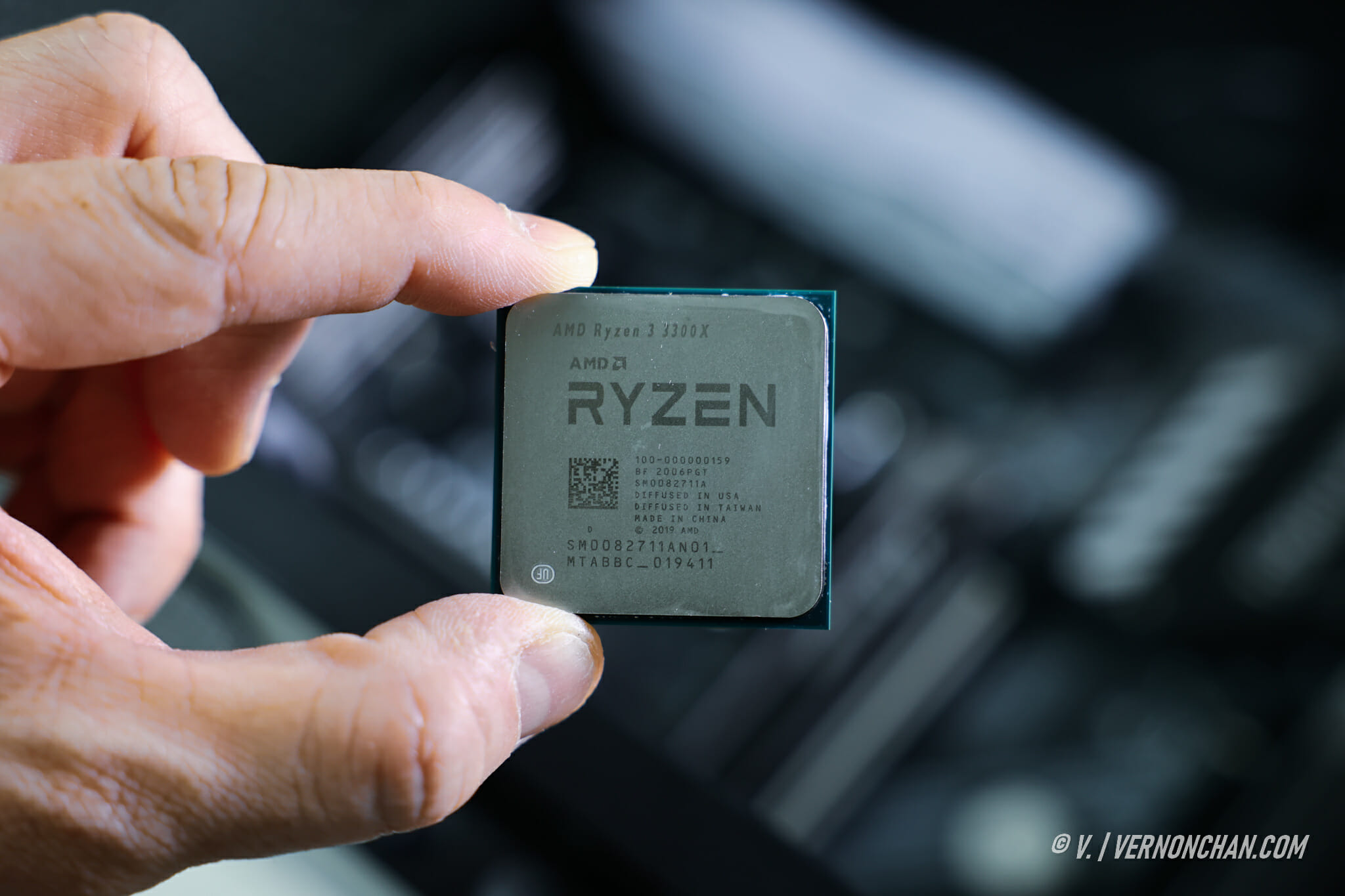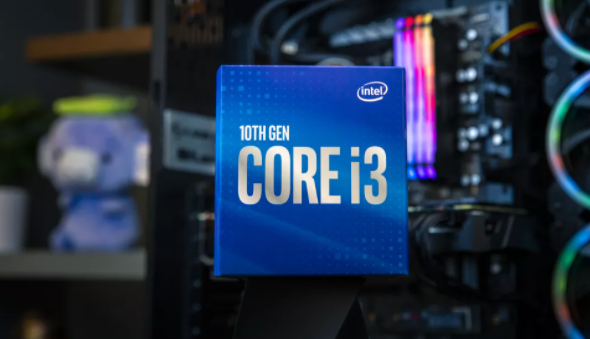WD, at Computex 2014 Taipei, demonstrated its first PCI Express hard drives, as well as the new SATA Express interface. The prototype SATA Express interface is a form of PCI Express technology, which is also offered on Intel’s recently launched Series-9 chipset motherboards (Z97 and H97).
SATA Express has been in development for almost 3 years, with the SATA Express specification announced in 2013.
SATA Express fundamentally changes the core technology behind SATA, which provides a bridge to more advanced PCI Express interface.
The move to PCI Express marries the world’s most popular storage bus with the world’s most popular computer bus.
“WD has been at the forefront of SATA technology, and we see a vibrant growth path for adoption of the future SATA Express Roadmap,” said Matt Rutledge, senior vice president, storage technology, WD. “SATA will remain a standard for many years in many applications, and for customers who want to discuss a future beyond vanilla SATA, WD is ready to plan the future with them.”
SATA Express preserves the ability to plug legacy SATA drives into new SATA Express-based computers.
With SATA Express, cable connections come at a lower costs, by removing the PCI Express Sync line via SRIS (Separate RefClock with Independent SSC).
SATA Express provides multiple PCI Express lanes and two SATA 3.0 6 Gbps ports, allowing use of both PCI Express and SATA storage devices. Exposed PCI Express lanes provides a pure PCI Express connection to the storage device.
The new interface infrastructure allows connectivity with SSDs, SSHDs and HDDs on a single common bus.
As an additional benefit, choice of PCI Express enables usage of multiple lanes and different versions of PCI Express for scaling up performance.
New Intel 9 Series-based motherboards from ASUS and GIGABYTE featuring the new SATA Express interface are set to hit the market soon.



